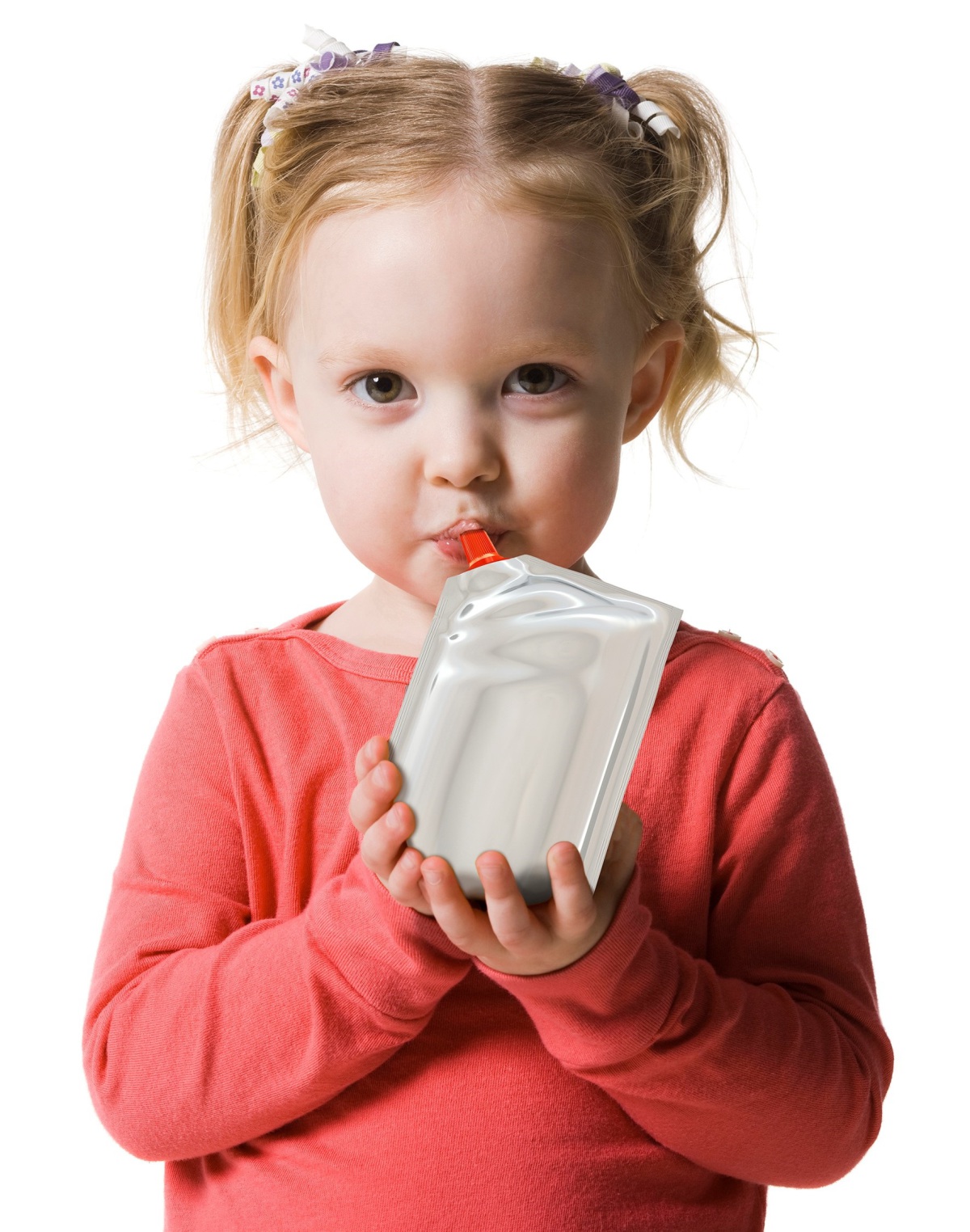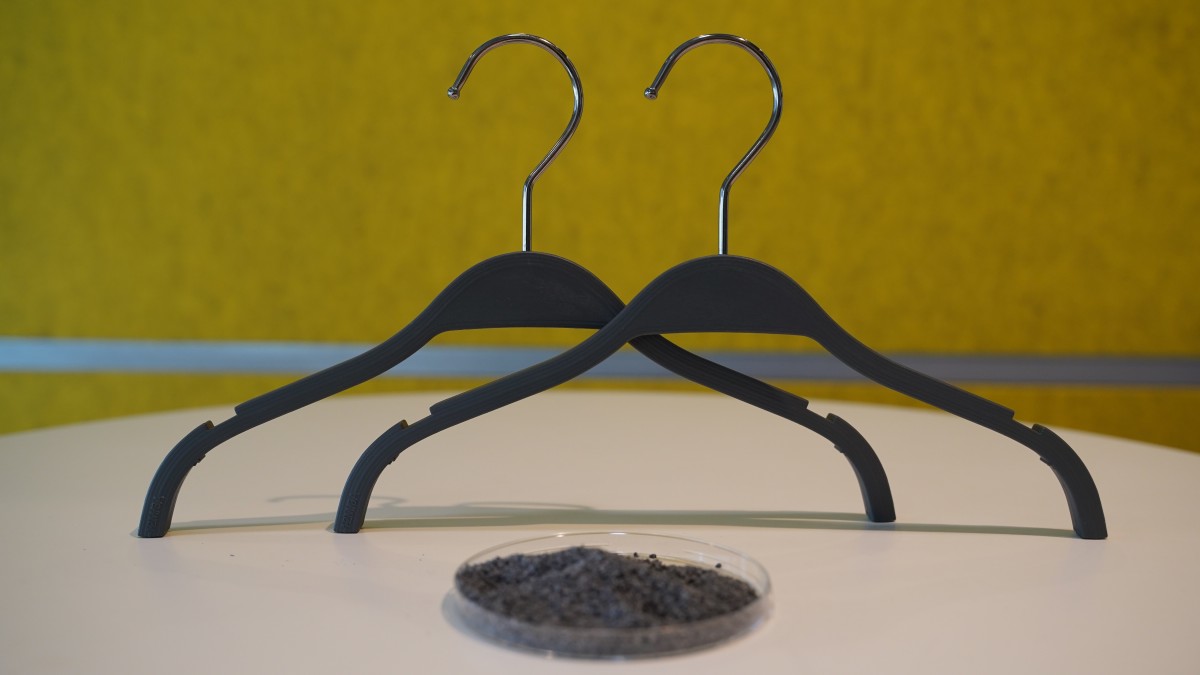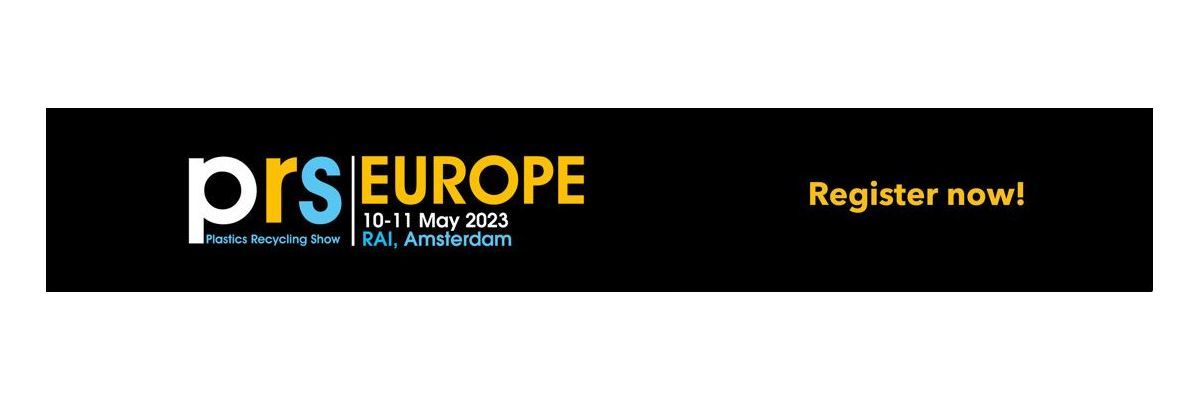STYRENICS CIRCULAR SOLUTIONS – Expert panel discussion at "K 2019"
09.12.2019
 © SCS
© SCS
Polystyrene (PS) is a transparent, foamed white, amorphous or semi-crystalline thermoplastic. PS is the raw material for numerous products and is used in a wide variety of applications, such as insulating material for houses or as packaging for food or electrical goods. Against the background of increasing environmental issues it is crucial also to increase the percentage of recycling of styrenic plastics and build a circular economy for PS products.
The joint industry initiative Styrenics Circular Solutions (SCS, Brussels/Belgium; www.styrenics-circular-solutions.com), which was created at the end of 2018 by the competitors Ineos Styrolution (Frankfurt/Germany; www.ineos-styrolution.com), Total (Paris/France; www.total.com), Trinseo (Berwyn, Pennsylvania/USA; www.trinseo.com) and Versalis (Milan/Italy; www.versalis.eni.com) – see Plasteurope.com of 18.12.2018 – put on a moderated panel discussion for a packed room at "K 2019".
Representing diverse parts of the styrenics value chain, the speakers were Pyrowave CEO Jocelyn Doucet (chemical recycling), Plarebel managing director An Vossen (collection), Tomra senior VP circular economy Jürgen Priesters (sorting), Intraplas co-owner Anabela Ferreira (plastics processing), PlasticsEurope Deutschland director general Rüdiger Baunemann (polymer production) and SCS secretary general Jens Kathmann.
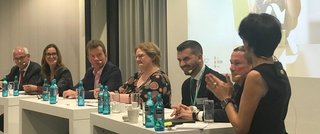 Expert panel discussion
Expert panel discussion
© SCS
The speakers discussed the unique ability of polystyrene for full circularity due to its intrinsic ability to be easily recycled back to its original monomer. It was pointed out that PS recyclates meet the highest quality demands and thus are suitable even for food contact. From several points of view, the experts discussed the opportunities and challenges of the circularity of styrenics. It was analysed where the industry is on the path to implementing and scaling up new game-changing recycling technologies – in terms of mechanical as well as chemical recycling – as well as the opportunities in linking post-consumer feedstocks and challenges to be overcome.
An Vossen said PS waste has been the "ugly duckling" of polymer collection in the past but has turned into something promising. She noted that consumers are conscientious about discarding larger packaging properly but less so with smaller pack formats. Regarding waste disposal in Germany, Jürgen Priesters said around 70 % of packaging ends up in the wrong bin. He also highlighted how HIPS is an easily washable material, giving high-purity levels (up to 99.9 %) that are important for food-grade recyclate, for example. Being a food packaging manufacturer, Anabela Ferreira added that her company is ready to use rPS, which has high barrier properties and requires less heat to work with compared to other polymers.
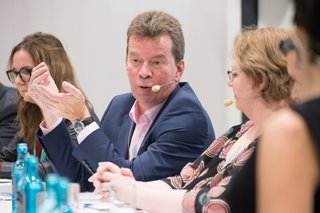 Jürgen Priesters (TOMRA)
Jürgen Priesters (TOMRA)
© SC
For chemical recycling, there is currently the challenge of finding enough input feedstock, said Jocelyn Doucet. He addressed issues he thinks are misconceptions about chemical recycling. These include contamination, which he pointed out is an issue for all chemical processes, and energy consumption, with virgin material production requiring more energy to get to the monomer, according to Doucet. According to Jens Kathmann, the challenge is to create a market away from incineration and landfill, leading to pioneering recycling solutions for styrenics. Thus, a substantial expansion of styrene recycling is generally planned up to 2021, said Jens Kathmann.
In the dialogue forum following the panel discussion, participants had the opportunity to talk directly with the major players from all along the value chain.

